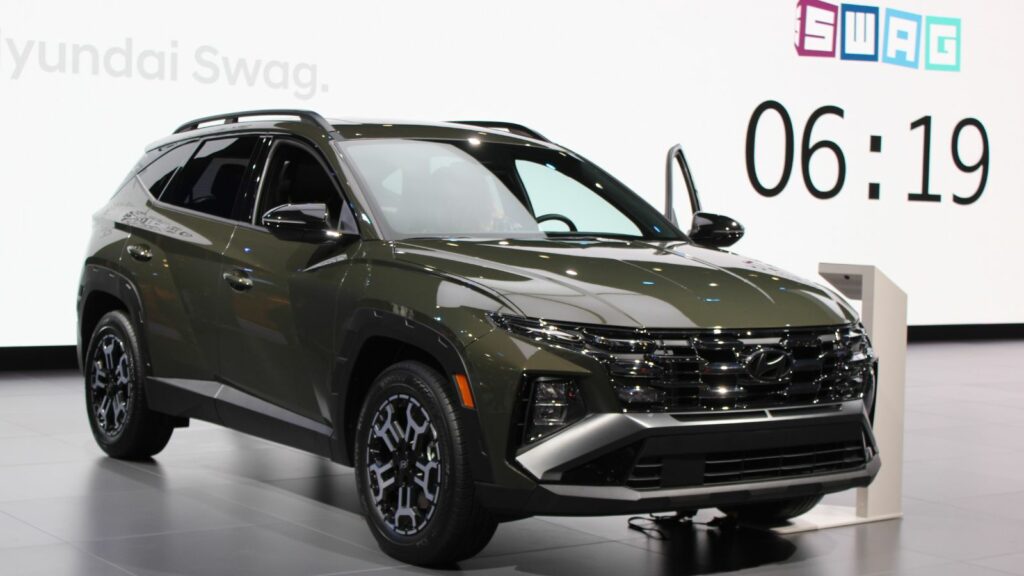Fuel efficiency is no longer just a catchphrase but a requirement. With increasing fuel costs, ecological issues, and technological innovations, manufacturers have been working overtime to develop vehicles that drink fuel instead of chugging it. From revolutionary hybrids to super-efficient diesels and even electric wonders, these 22 vehicles have delivered crazy fuel economy without sacrificing driving pleasure.
Toyota Prius (1997)
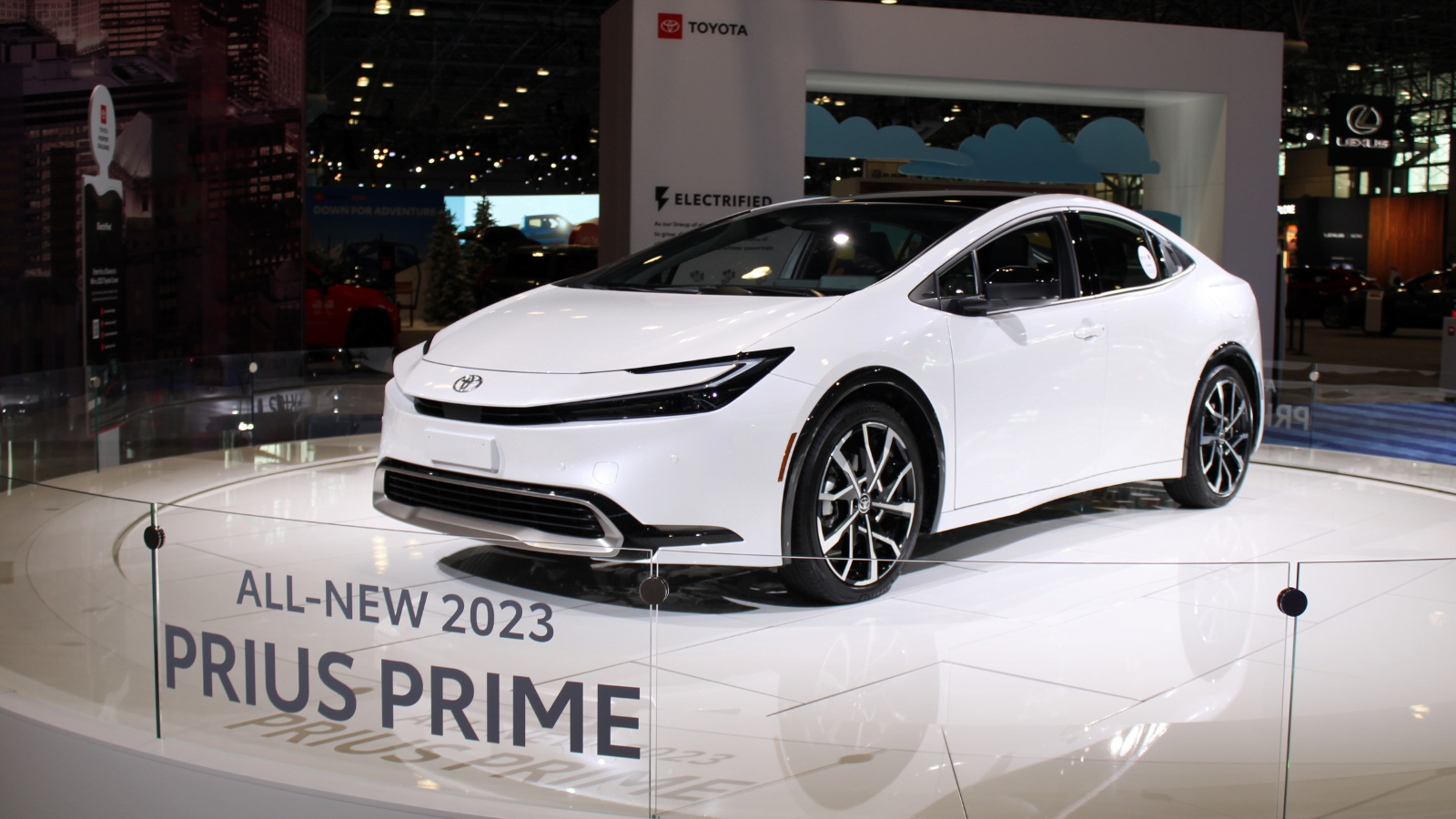
The Toyota Prius disrupted the auto industry when it first came out in 1997 as the globe’s first production hybrid. Created by Takeshi Uchiyamada, the Prius came with a 1.5L hybrid engine with an incredible 50+ mpg combined. The inside was high-tech for its age, boasting a digital screen that displayed real-time fuel economy, a roomy design with high-end fabric seats, and a user-friendly center console. While it wasn’t constructed to be fast, it still brought 0-60 mph in roughly 10.5 seconds, making it ideal for city dwellers.
Honda Insight (1999)
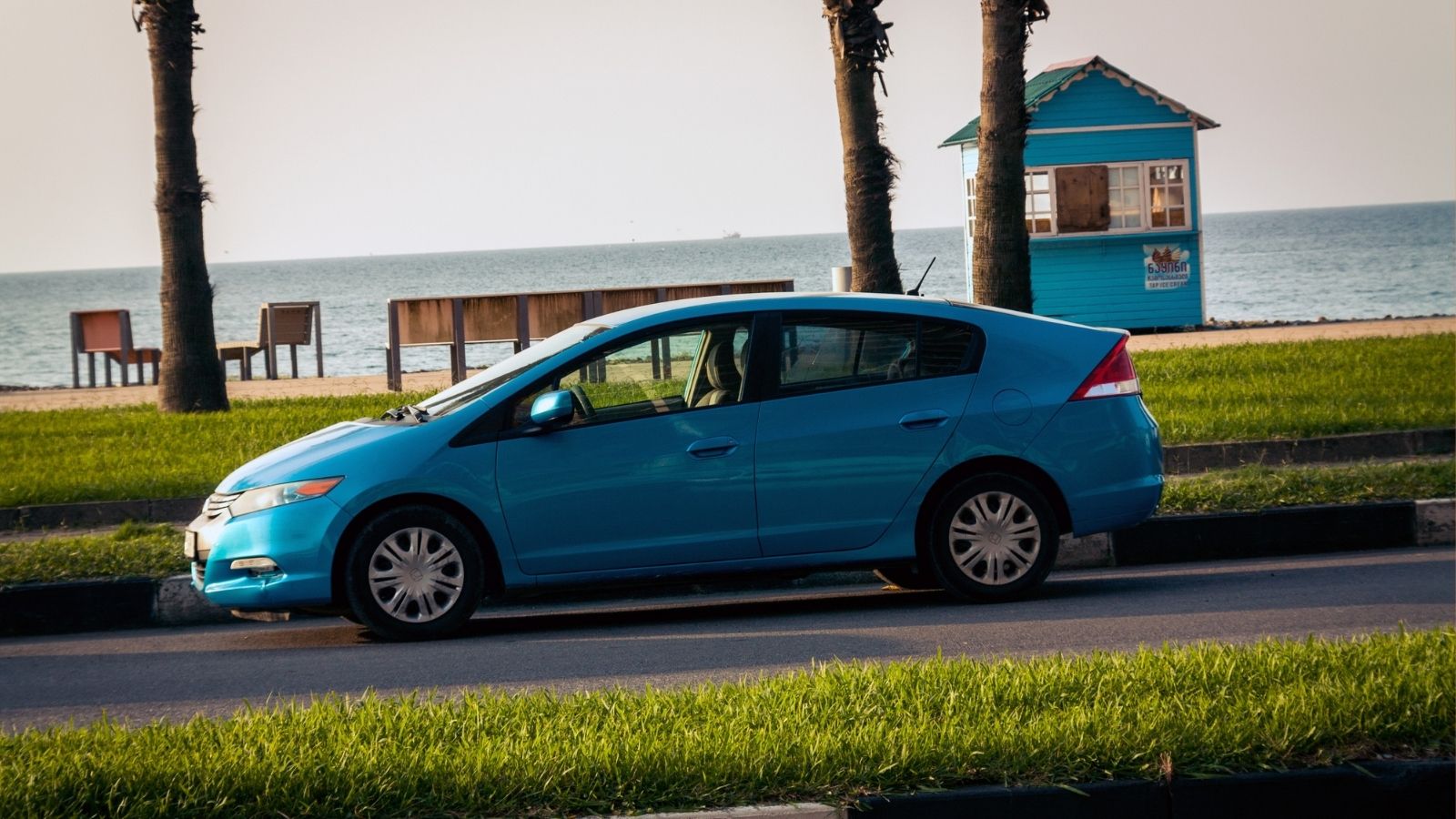
Honda’s response to the Prius was the Insight, which debuted in 1999. Designed by Jun Goto, it sported a 1.0L three-banger hybrid engine that returned an astonishing 60+ mpg under highway driving. The aluminum body of the car contributed to keeping things efficient. On the inside, the Insight boasted a spartan but contemporary cockpit with digital gauges, blue-lit futuristic instrumentation, and ultra-lightweight seats to save on weight. Though efficient, it was laidback, taking 11.0 seconds to reach 60 mph.
Volkswagen XL1 (2013)

When it was launched in 2013, Volkswagen XL1 was an engineering wonder. Klaus Bischoff’s creation had a 0.8L two-cylinder turbo-diesel hybrid that achieved an unprecedented 261 mpg. The teardrop-shaped body and carbon-fiber construction rendered the car one of the most aerodynamic production vehicles ever. The interior had a minimalist, bucket-seat-influenced space with a digital instrument cluster and ultra-light materials. At a mere 48 horsepower, the XL1 accelerated to 60 mph in a leisurely 12.7 seconds, but its real super strength was its efficiency.
Tesla Model 3 Standard Range Plus (2019)
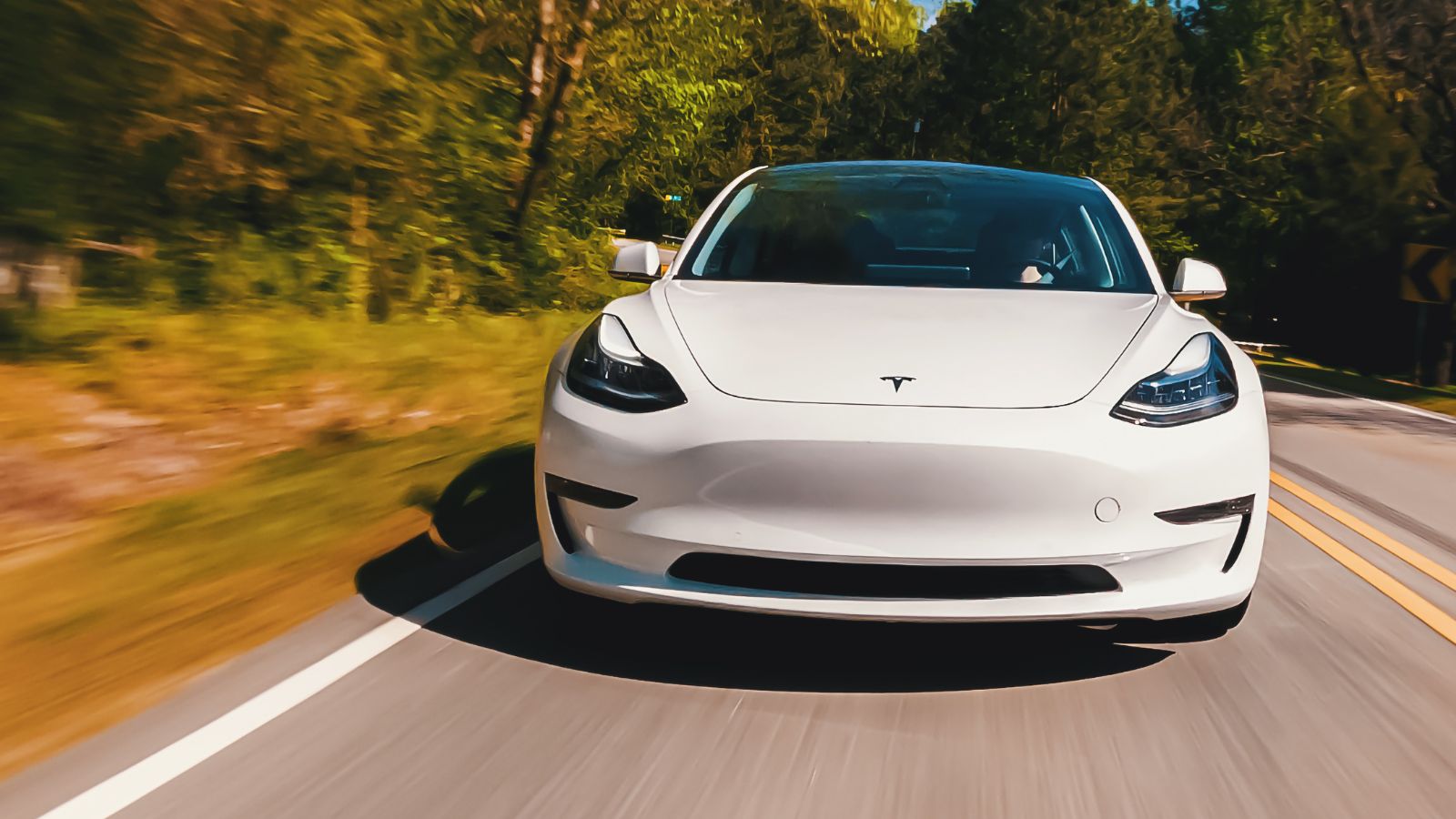
Electrified transportation redefines frugality, and the Tesla Model 3 is a quintessential example. Franz von Holzhausen-designed Standard Range Plus model offers an equivalent of 141 MPGe. With a sparse interior led by a 15-inch touchscreen, vegan leather upholstery, and a glass roof that stretches from the front to the back, the Model 3 is high-tech. Unlike the usual efficiency-driven cars, it’s fast, accelerating from 0-60 mph in 5.3 seconds. The lack of a conventional instrument cluster moves the driver’s attention to the center display, further emphasizing Tesla’s futuristic style. Moreover, over-the-air software updates continually enhance the car’s efficiency and features.
Toyota Corolla Hybrid (2020)
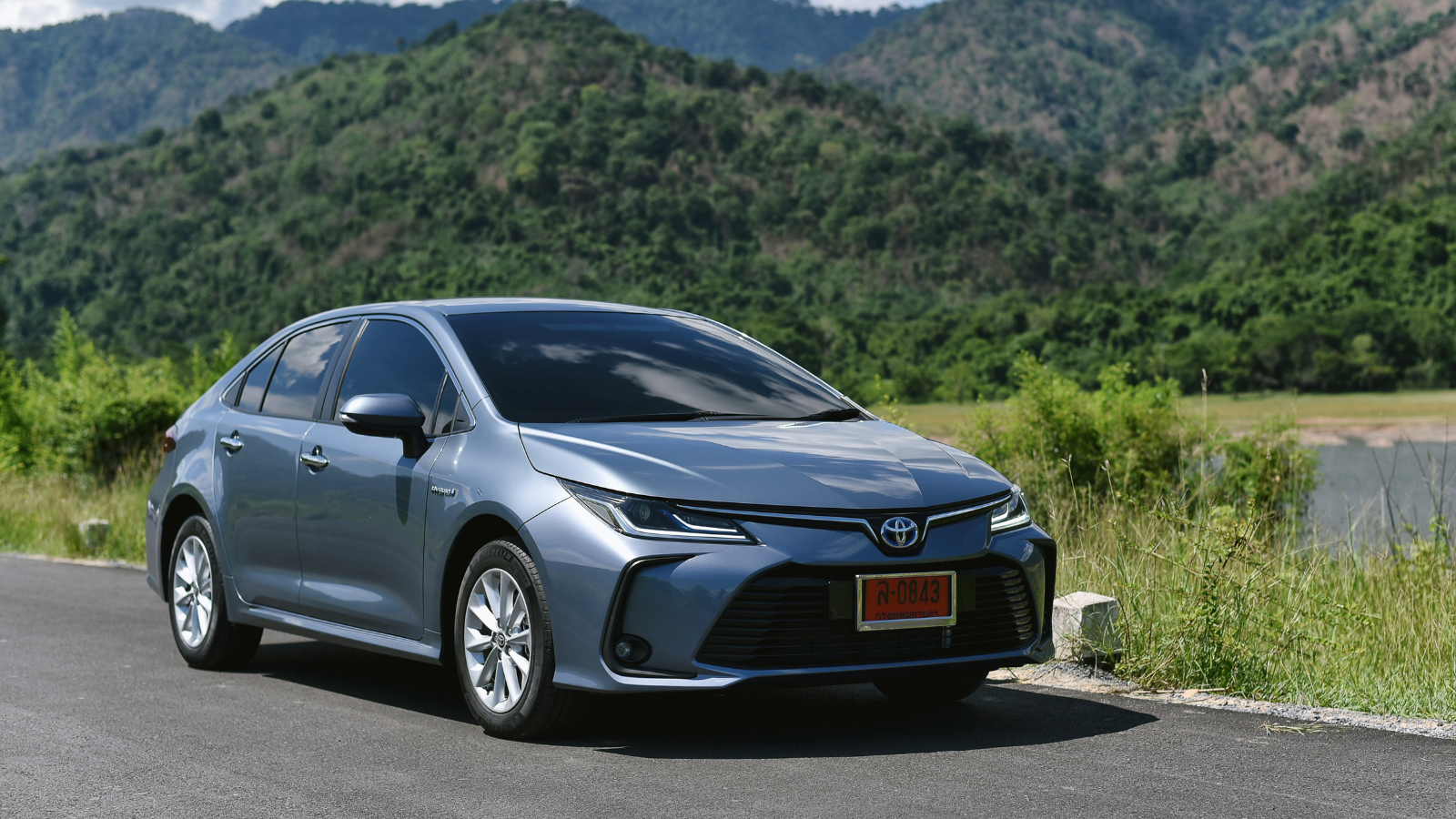
Toyota introduced hybrid efficiency to its iconic Corolla in 2020. Simon Humphries designed this sedan, which employed a 1.8L hybrid engine to deliver a combined 53 mpg. The interior was comfortable and technologically advanced, with soft-touch surfaces, an 8-inch touchscreen infotainment system, and supportive seats with generous legroom. Though not performance-oriented, it still had a 0-60 mph time of 10.7 seconds. The hybrid drivetrain changes effortlessly between electric and gasoline power, maximizing fuel efficiency without compromising smoothness.
Hyundai Ioniq Hybrid (2016)
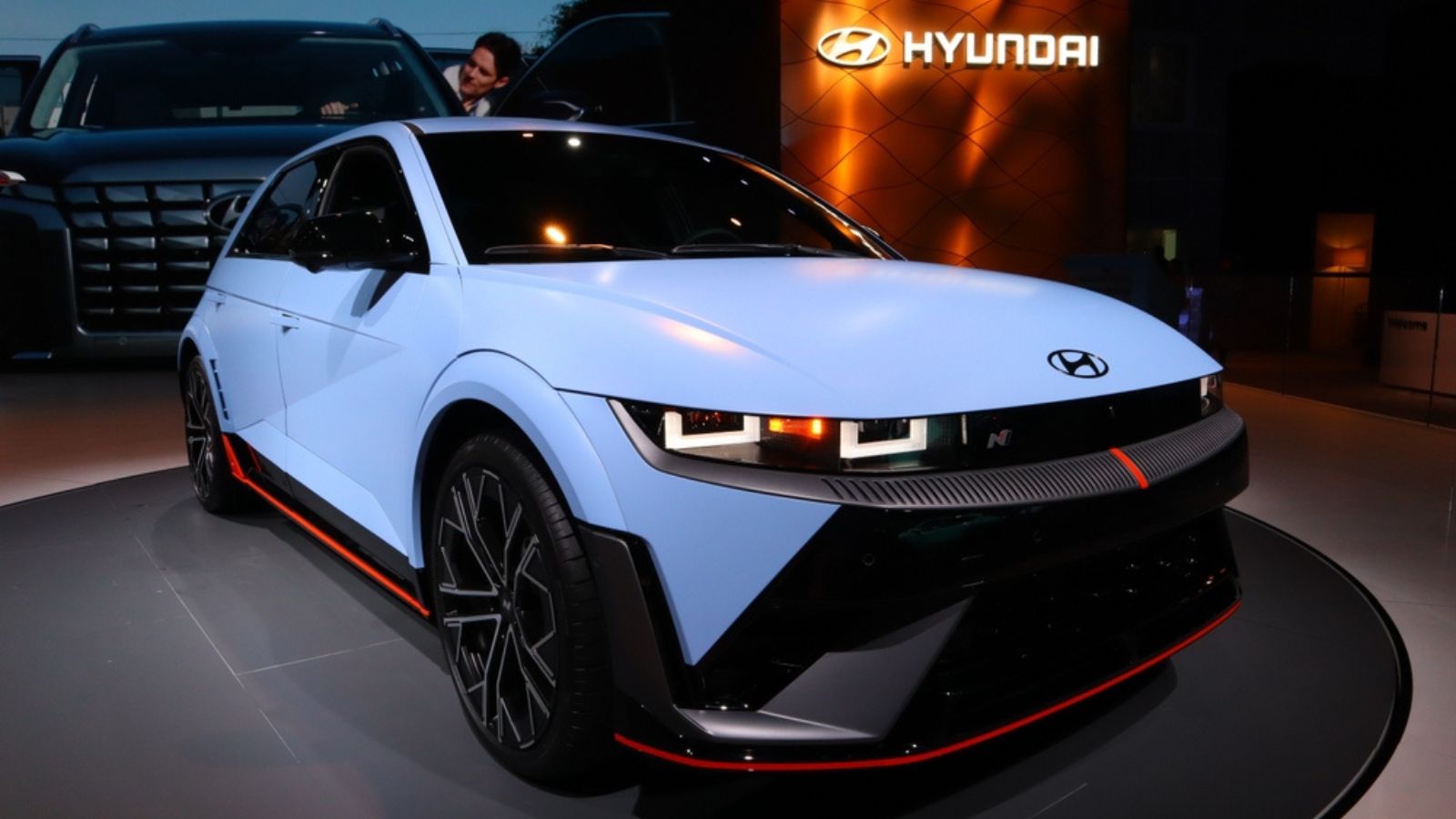
The Hyundai Ioniq Hybrid, penned by Peter Schreyer, debuted in 2016. It has a 1.6L hybrid engine and 58 mpg combined. The cabin has an eco-conscious design with bio-fabric seats, a digital driver display, and an 8-inch touchscreen with Apple CarPlay. It is relatively quick for a hybrid, doing 0-60 mph in 8.9 seconds. Hyundai integrated advanced regenerative braking, enhancing energy recovery during deceleration to improve overall efficiency.
Ford Fusion Hybrid (2010)

The Fusion Hybrid was launched in 2010, bringing together the efficiency and practicality of the midsize sedan. Chris Hamilton designed it to have a 2.5L hybrid powerplant to yield 41 mpg combined. Inside, leather-bound seats, a high-resolution display for the infotainment system, and ambient lighting provided a sense of premium quality. It sped from 0-60 mph in 8.5 seconds. Ford’s SmartGauge with EcoGuide gave owners instant feedback on how they drove to maximize efficiency. The roomy back seat and smooth ride made it a top pick for long-distance comfort.
Honda Civic Hybrid (2003)
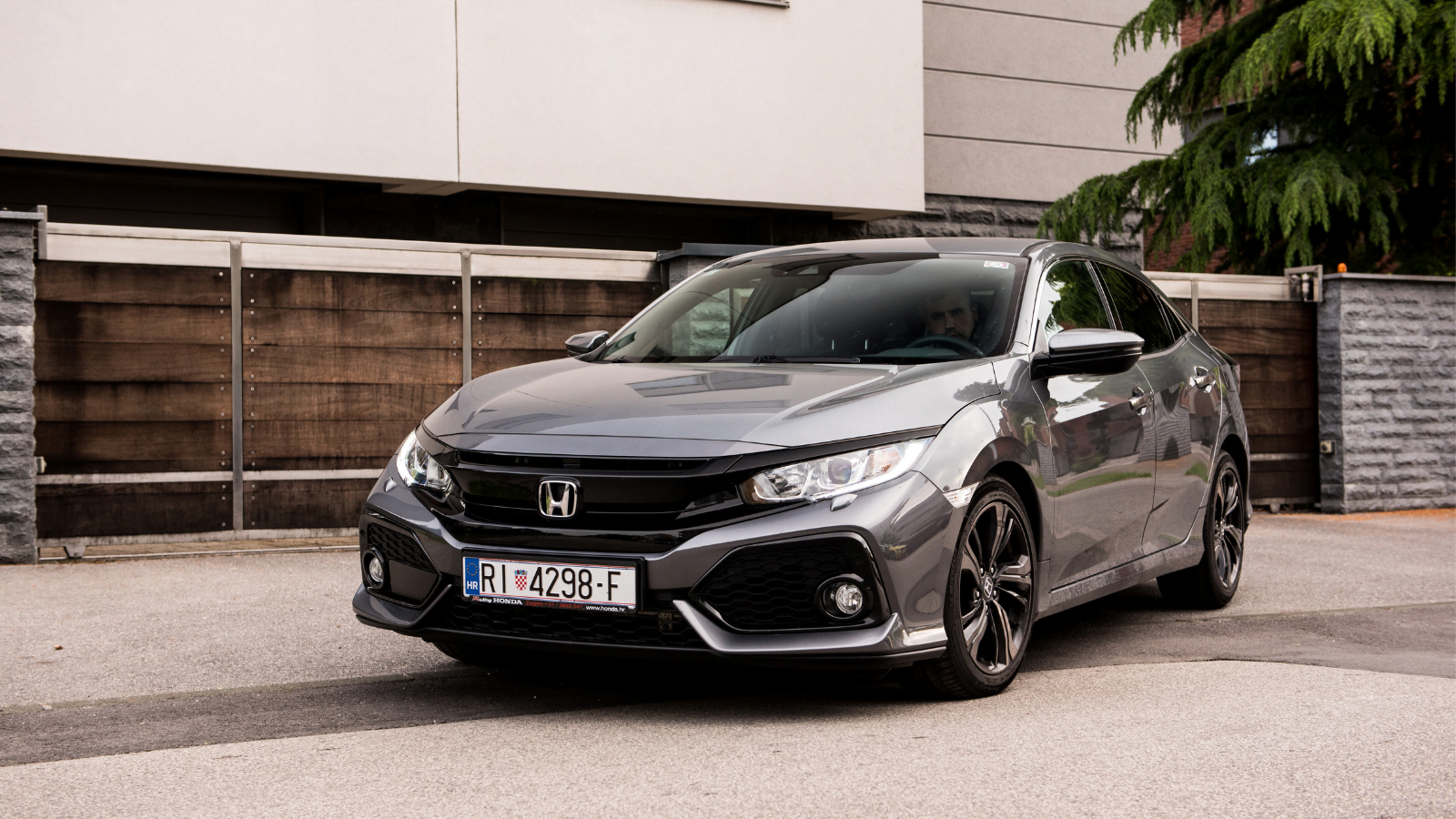
The Civic Hybrid emerged in 2003 as a more consumer-friendly version of the Insight. Yoshiyuki Matsumoto designed this gas-saving sedan, which had a 1.3L hybrid engine and registered an impressive 44 mpg overall. The inside of the vehicle maintained the functionality of the Civic. Still, it incorporated a green element through soft fabric seating, a digital fuel efficiency monitor, and a high-tech gauge cluster. It was not designed for speed, accelerating to 60 mph in 10.5 seconds, but it provided a smooth and fuel-efficient drive.
Chevrolet Volt (2011)
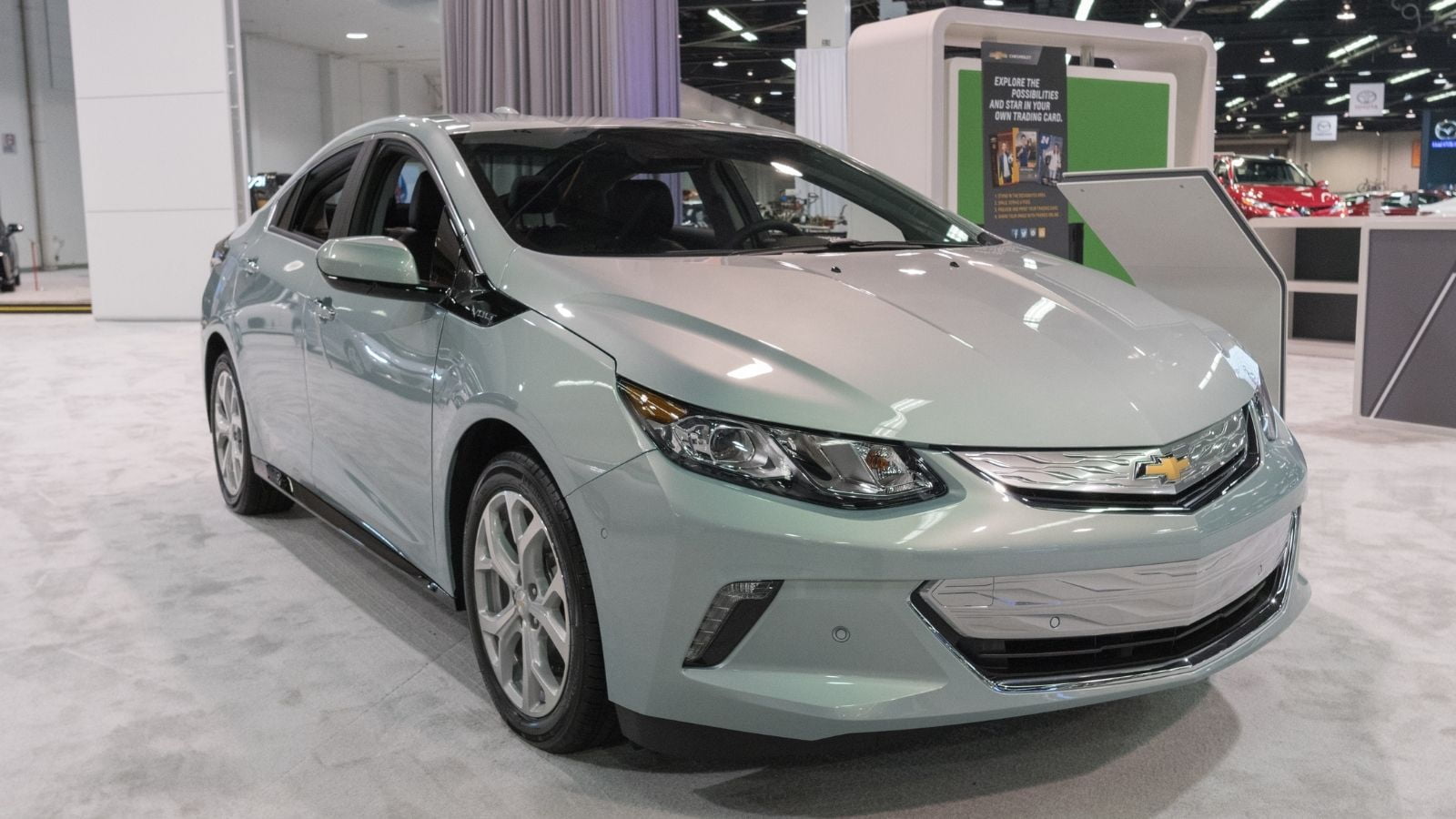
The Chevrolet Volt, engineered by Bob Boniface, appeared on the market in 2011 as one of the first plug-in hybrids. It was equipped with a 1.4L gas engine combined with an electric motor, an MPGe of 106, and a gas-only rating of 42 mpg. Inside, the Volt featured a slim, futuristic-looking cockpit with touch-sensitive buttons, a digital dash, and cushioned leather or cloth seats. Its electric torque propelled it to 0-60 mph in 8.4 seconds, making it one of the fastest fuel-economy cars.
BMW i3 (2013)
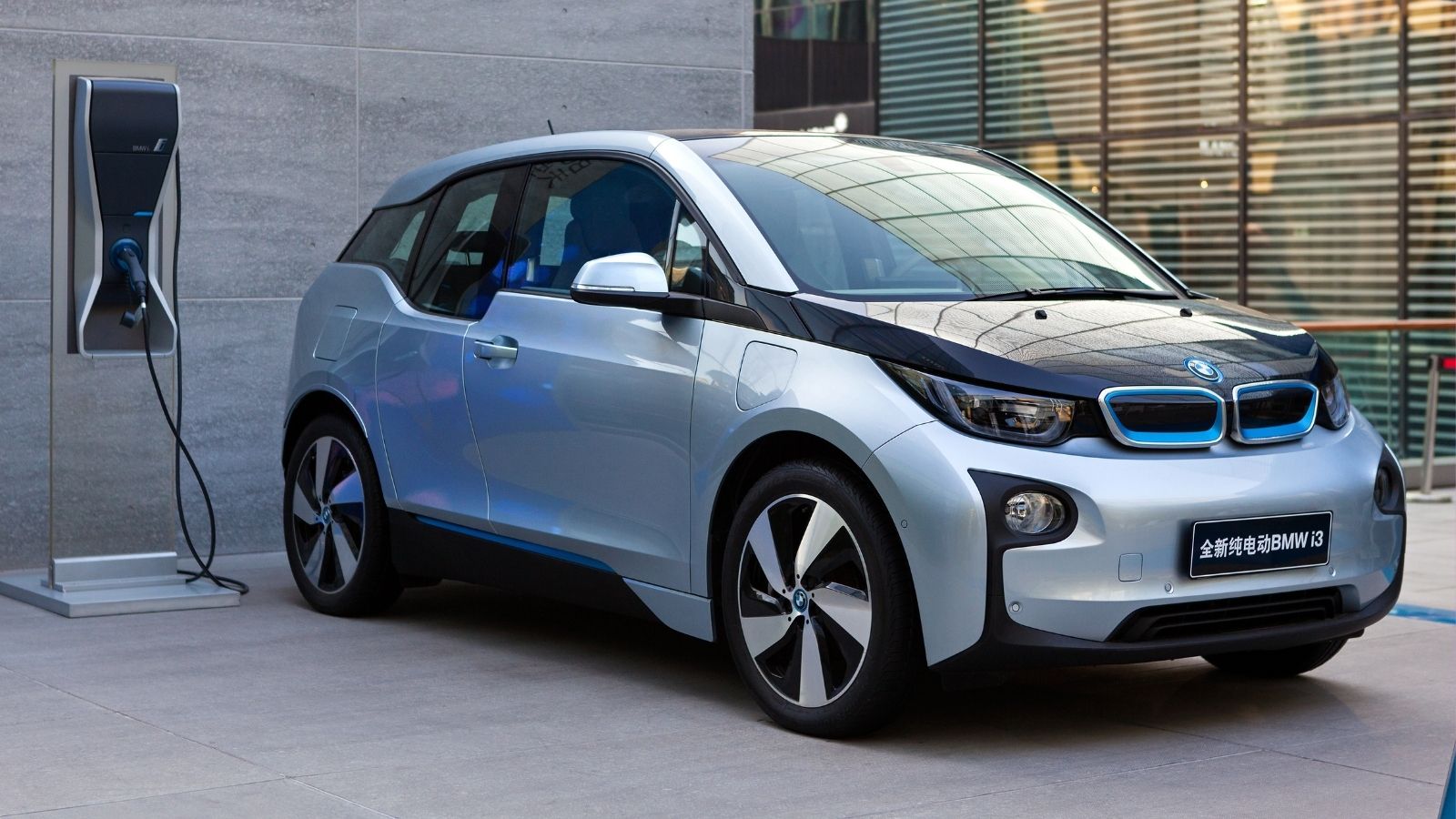
BMW pushed efficiency into new territory with the i3, introduced in 2013. Benoit Jacob designed the i3 to have a solely electric powerplant (or optionally a range-extended gasoline powerplant), rated at an MPGe of 124. Inside, the look was ultra-modern with eco-friendly materials such as eucalyptus wood trim, recycled plastics, and seats trimmed in leather. The i3 reached 0-60 mph with instantaneous torque in a mere 7.2 seconds. Its small size made it ideal for city driving, and the rear-hinged coach doors allowed for easy entry to the rear seats.
Mazda3 SkyActiv-X (2019)
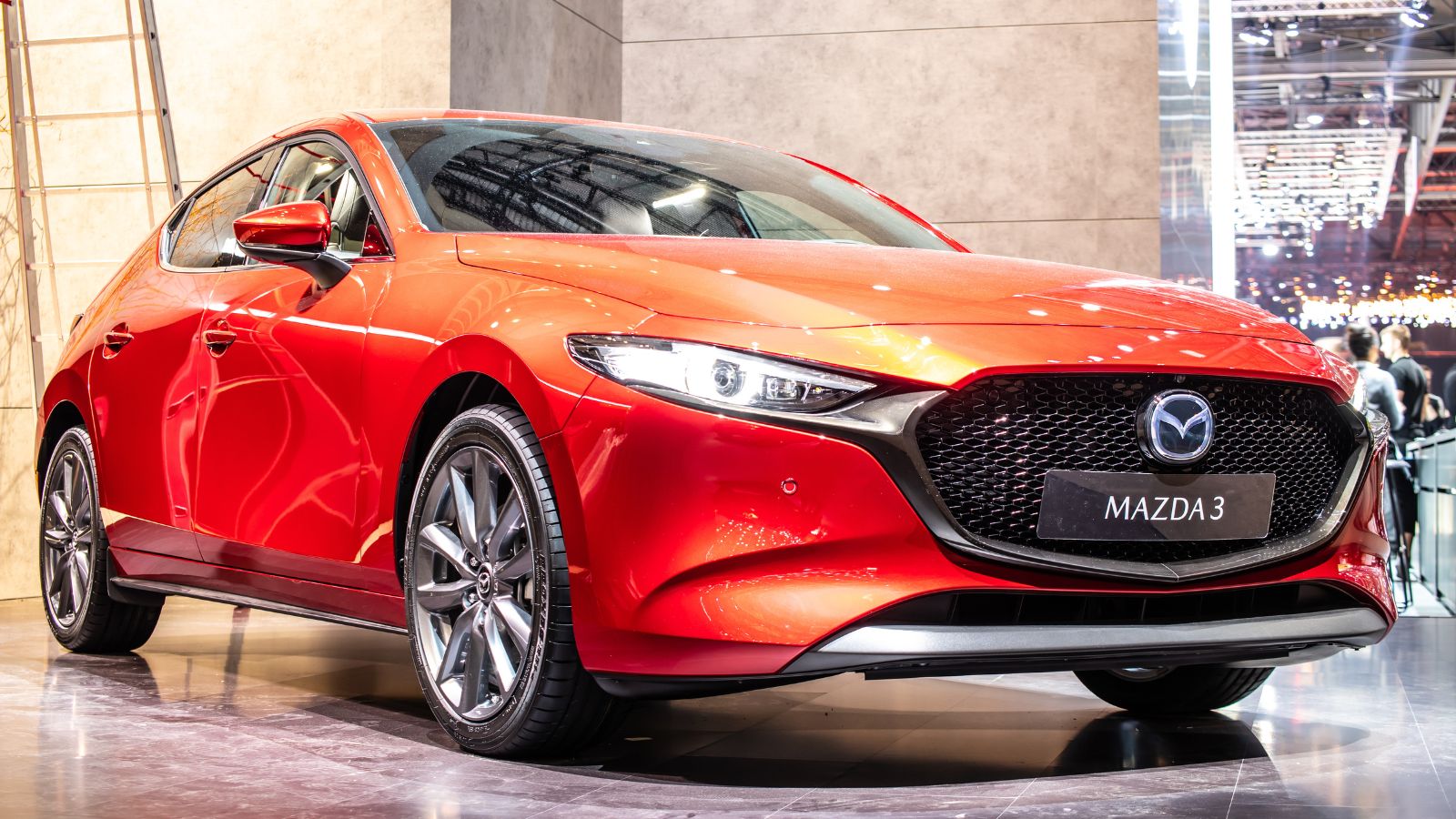
Mazda’s SkyActiv-X engine was introduced in 2019, combining gasoline and diesel efficiency. Yasutake Tsuchida designed the Mazda3, which reached 43 mpg highway with its 2.0L compression-ignition engine. Mazda’s signature driver-oriented cockpit included high-quality leather seats, a top-of-the-line Bose audio system, and an 8.8-inch infotainment display. It was only efficient and enjoyable, accelerating from 0-60 mph in 7.9 seconds. The smooth-shifting transmission and well-balanced chassis made it one of the most rewarding cars in its segment. Moreover, the sophisticated Kodo design philosophy gave it a sleek, premium look.
Hyundai Elantra Hybrid (2021)
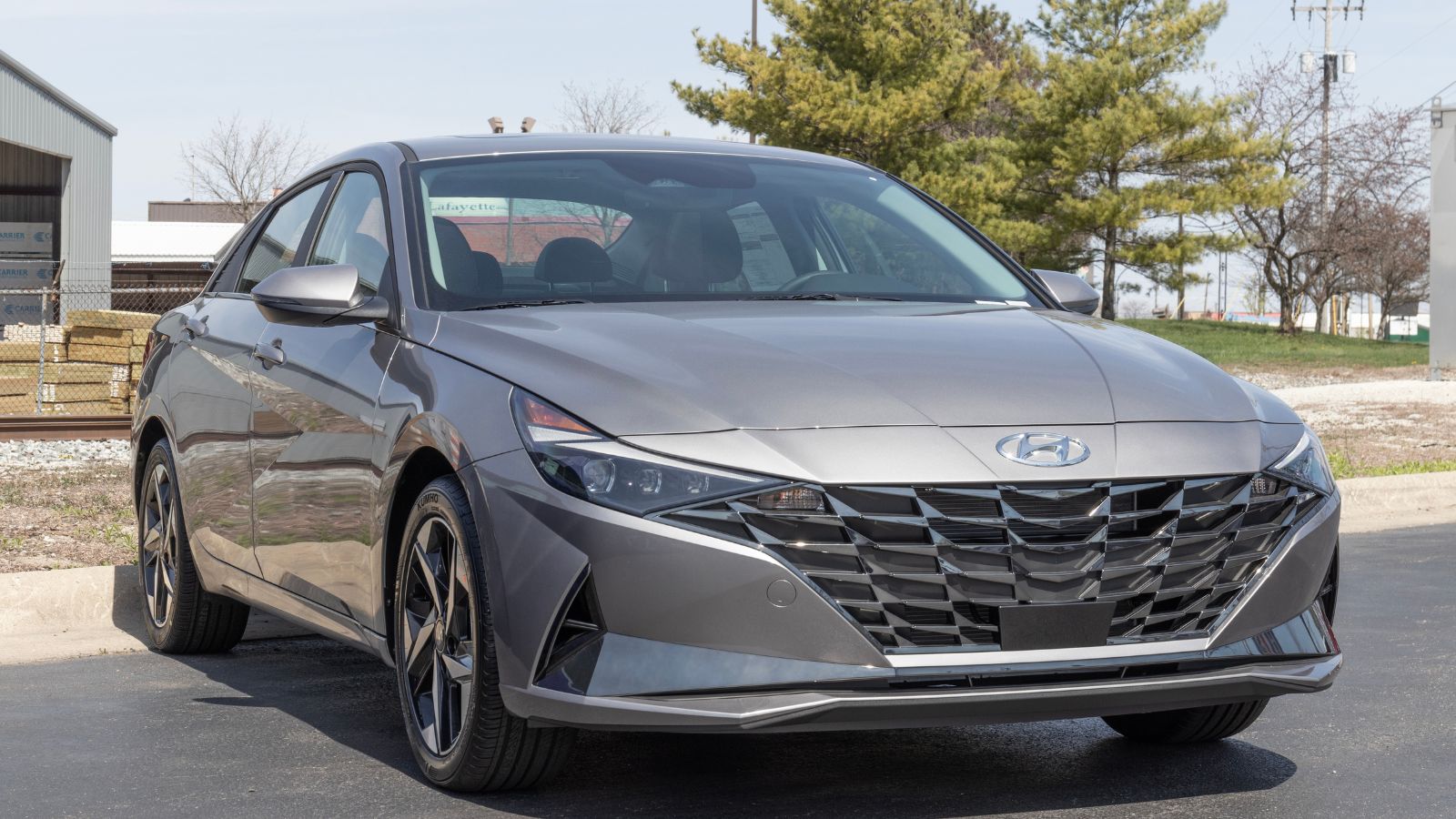
The Hyundai Elantra Hybrid, styled by Luc Donckerwolke, hit the market in 2021 with a 1.6L hybrid engine generating 54 mpg combined. It had a tasteful 10.25-inch digital display, heated and cooled seats, and ambient lighting for its futuristic look. Though efficient, it still gained speed reasonably, from 0 to 60 mph in 8.4 seconds. The dual-screen design and the wraparound dashboard created a cockpit atmosphere, engaging drivers more.
Toyota Yaris Hybrid (2012)
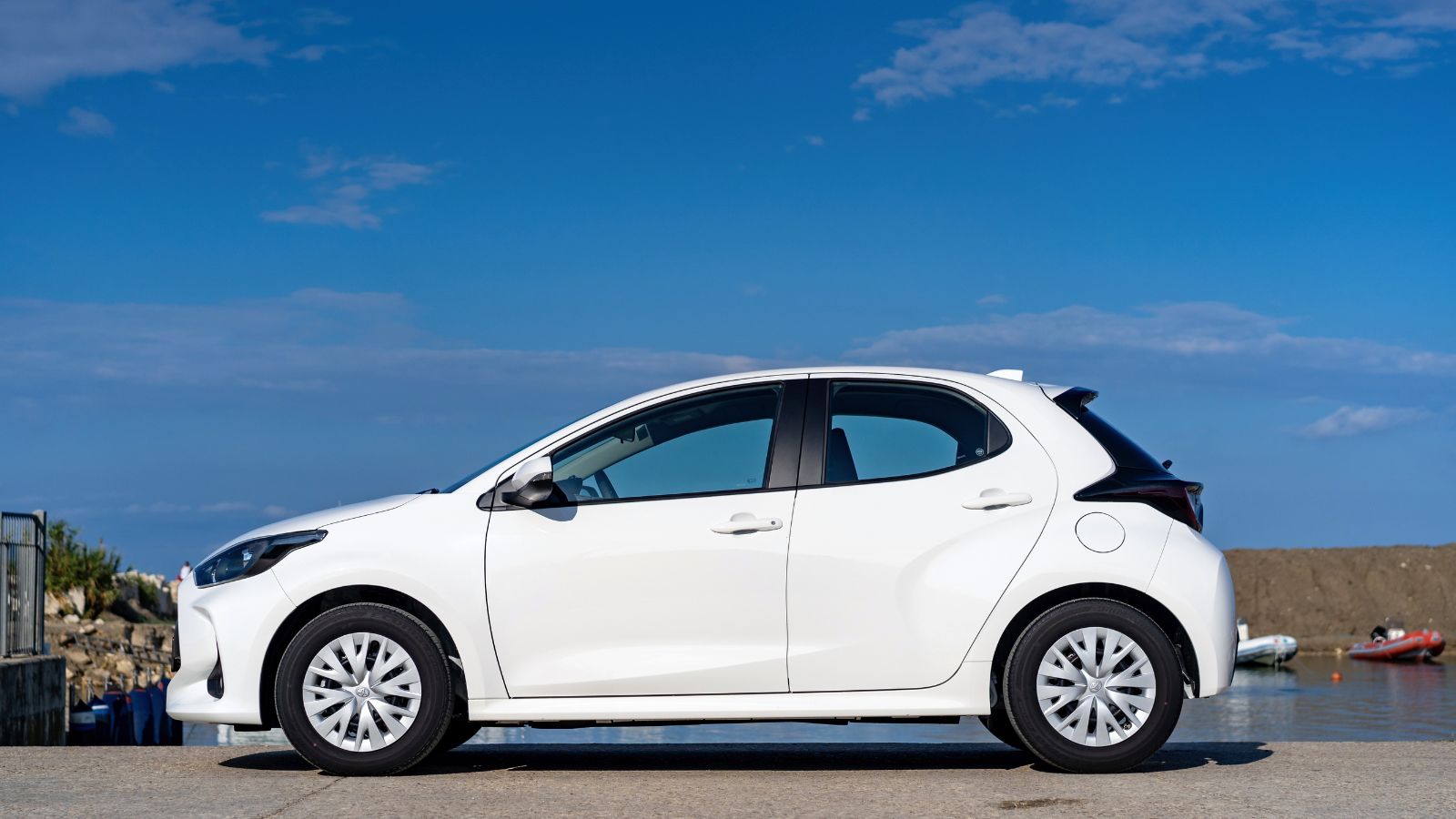
Toyota’s 2012 Yaris Hybrid, penned by Kazuo Mori, had a 1.5L hybrid engine that returned 58 mpg. The cabin was surprisingly roomy for a subcompact and came with luxurious cloth seats, a touchscreen infotainment system, and a sparse dashboard design. Though effective, it accelerated to 60 mph in 11.2 seconds. Its compact size and light steering enable it to be used for city driving, with a very tight turning circle for convenient parking. Smooth switching between electric power and gasoline came from Toyota’s hybrid technology, providing maximum efficiency.
Lexus CT 200h (2011)
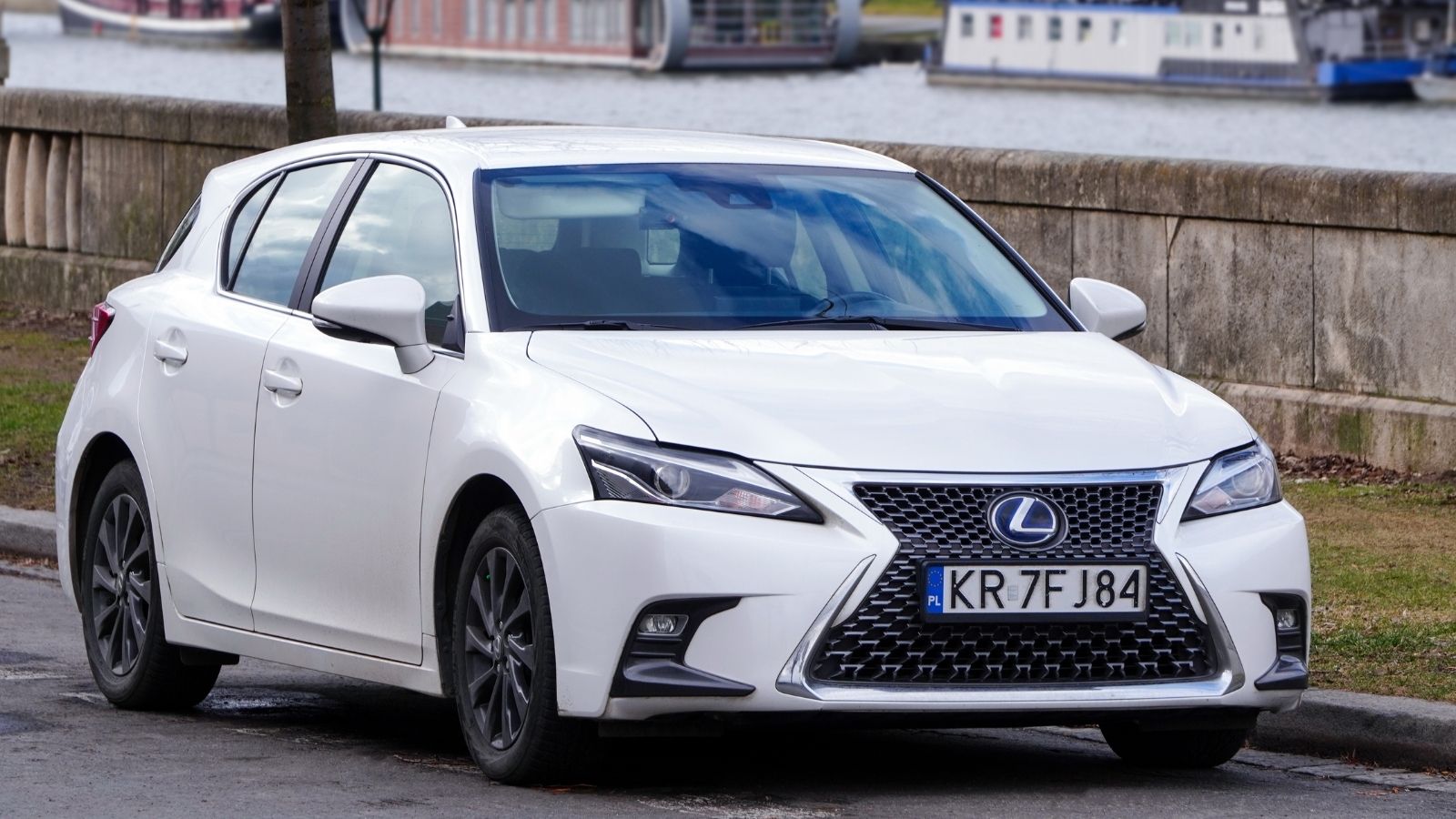
In 2011, Kunihiko Endoh’s Lexus CT 200h married luxury with hybrid frugality. It had a 1.8L hybrid engine, like the Prius, but it was sportier and had a 42 mpg combined rating. The interior highlighted leather-trimmed seats, a high-resolution infotainment display, premium materials, and a driver-oriented dashboard. Although not designed for performance, it accelerated to 0-60 mph in 10.3 seconds, one of the more sophisticated fuel-sippers on the market.
Honda Accord Hybrid (2014)
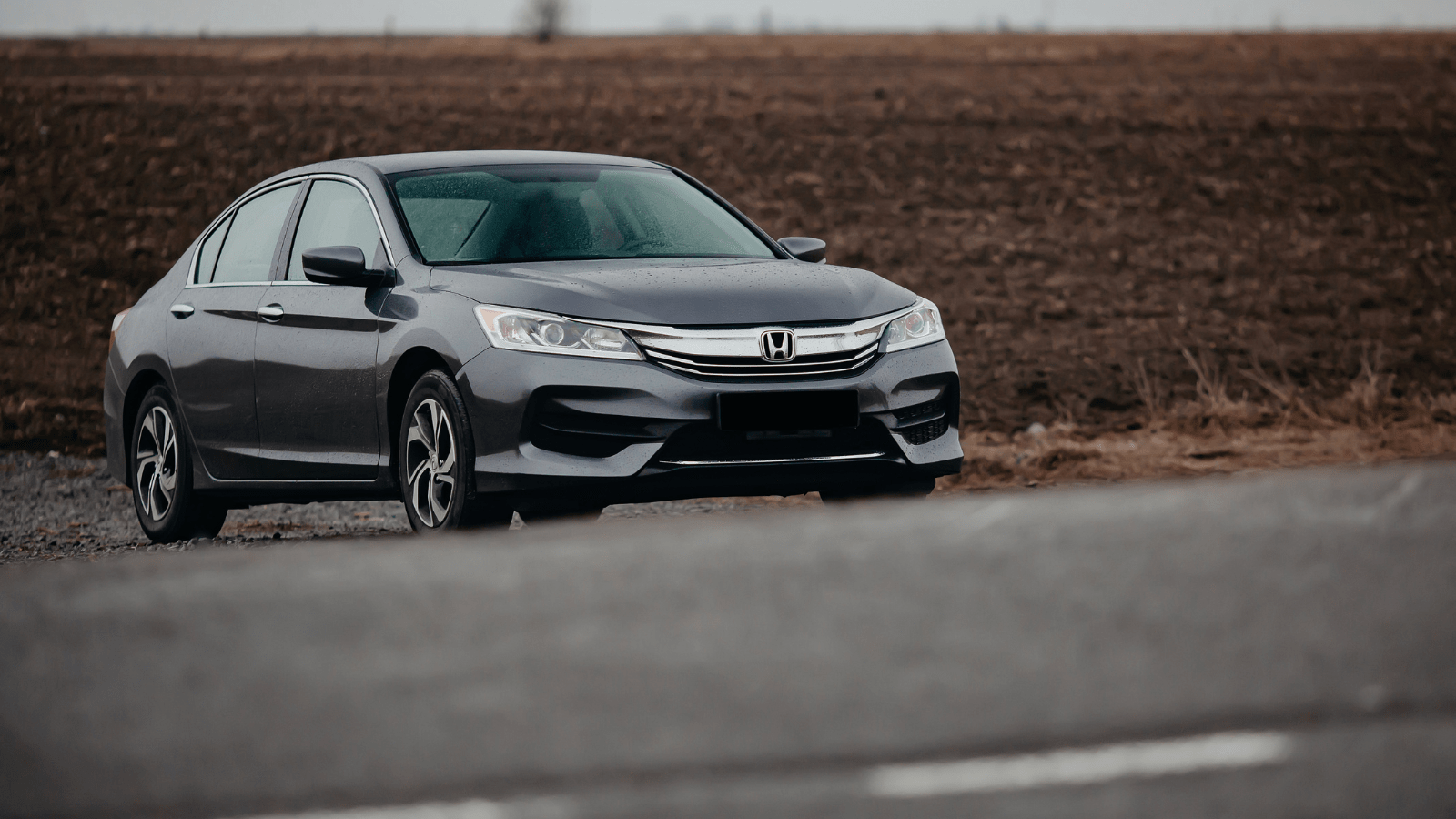
In 2014, Honda added the Accord Hybrid, combining efficiency with midsize sedan comfort. Conceived by Toshinobu Minami, it employed a 2.0L hybrid engine that clocked a phenomenal 48 mpg combined. It boasted luxurious leather upholstery, sophisticated dual-screen infotainment, and ample roominess. Its performance was adequate for a hybrid, accelerating to 0-60 mph in 7.2 seconds. Honda’s regenerative braking ensured enhanced efficiency without sacrificing braking feel. The ergonomically shaped cabin offered tremendous visibility and an upscale driving experience.
Kia Niro Hybrid (2016)
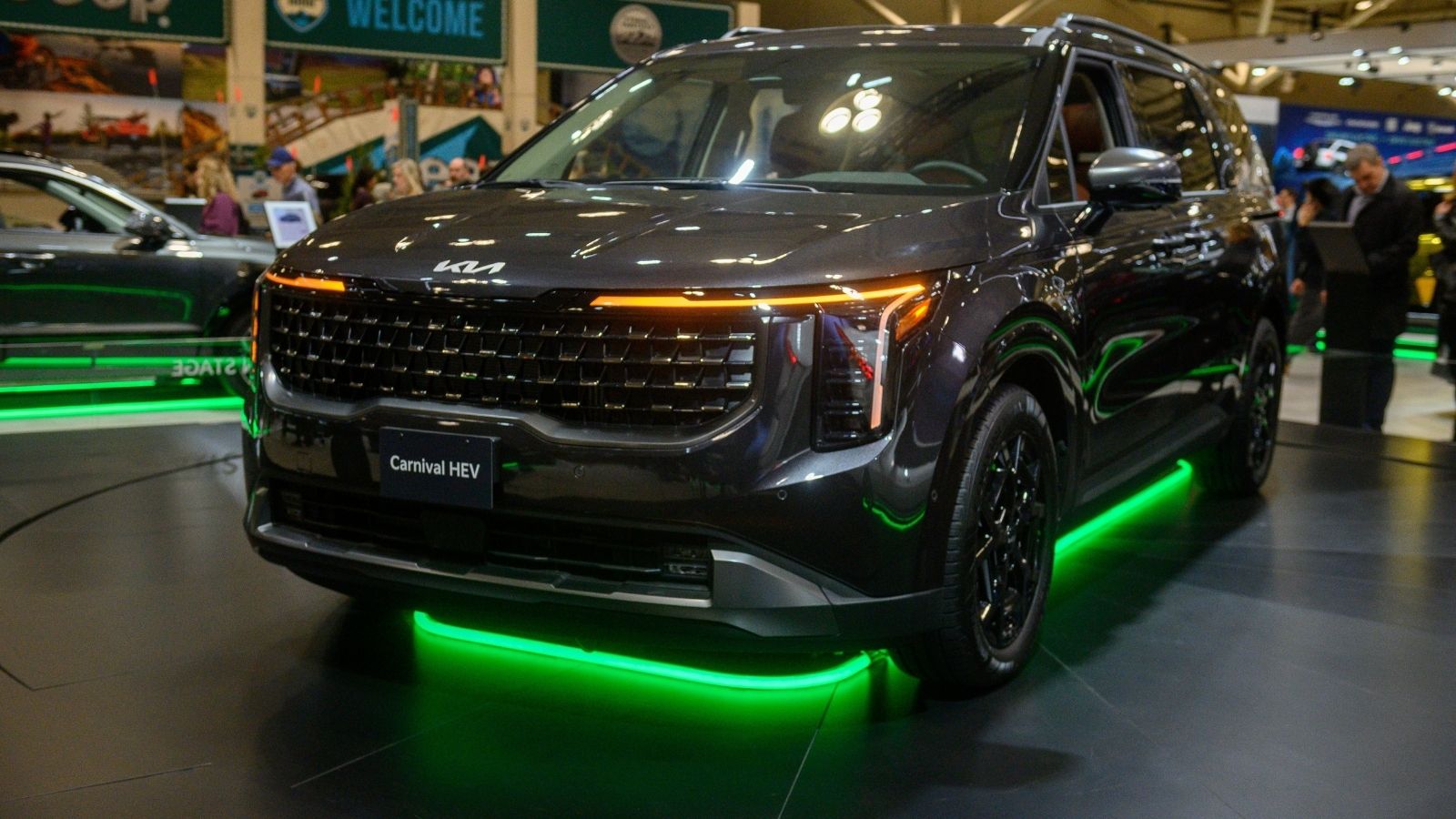
Kia’s 2016 Niro Hybrid, penned by Peter Schreyer, delivered SUV practicality with 50 mpg combined. It featured a 1.6L hybrid powerplant, a spacious, comfortable interior with soft-touch surfaces, a 10.25-inch display screen, and optional heated and ventilated seats. It went from 0 to 60 mph in 8.6 seconds. The crossover’s increased ride height gave a commanding view of the road, with its regenerative braking serving to maximize energy retrieval. Kia further added several drive modes to support efficiency or performance when necessary.
Mercedes-Benz E 300 BlueTEC Hybrid (2012)
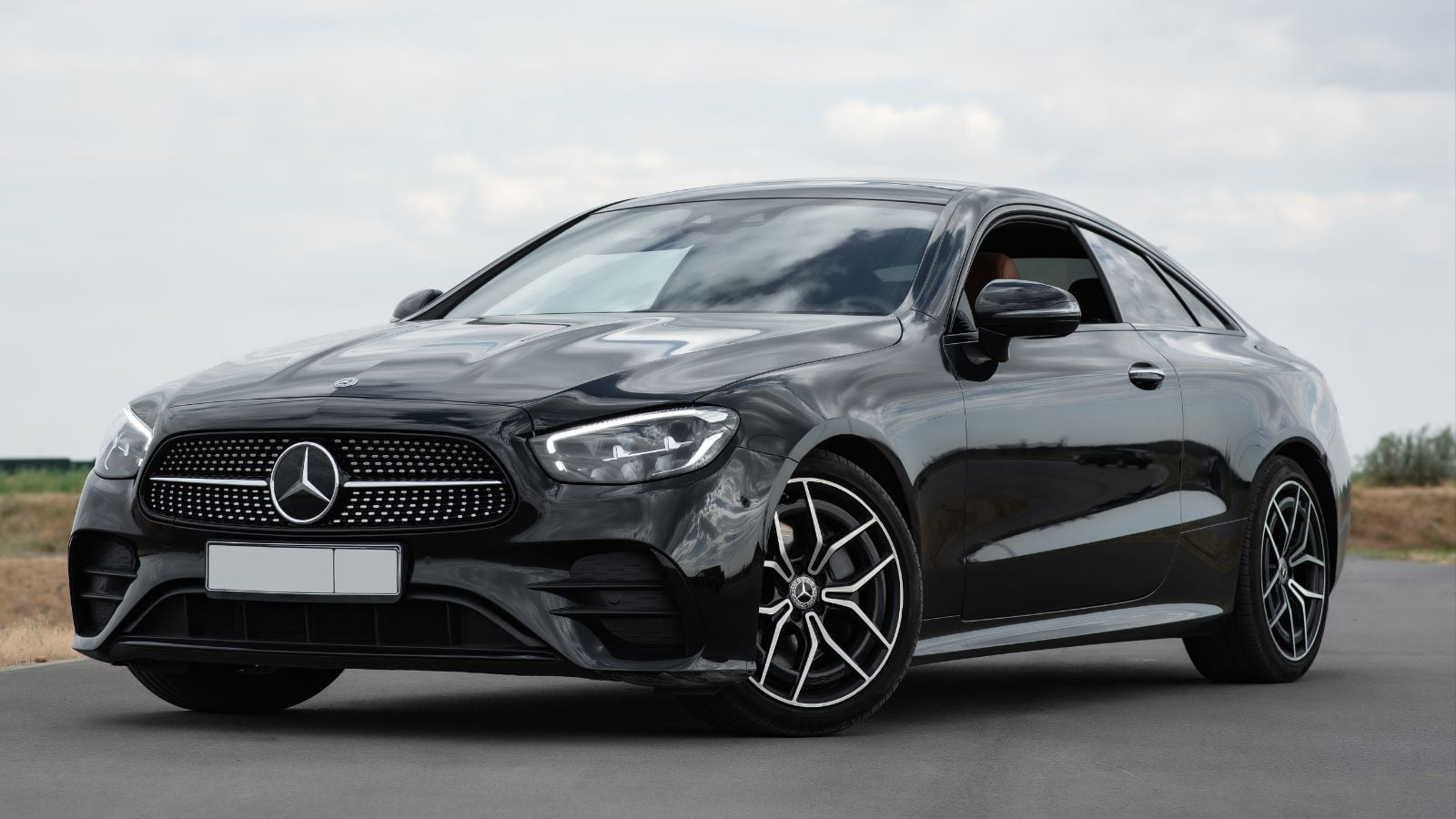
The 2012 E 300 BlueTEC Hybrid, designed by Gorden Wagener, demonstrated how luxury and gas mileage could coexist. It was powered by a 2.1L diesel hybrid, which returned 57 mpg on the highway. Inside, it had hand-stitched leather, real wood trim, an upscale infotainment system, and ambient lighting. Although efficient, it still hit 0-60 mph in 7.5 seconds. Mercedes’ advanced air suspension gave a smooth, refined ride, even on bad roads.
Peugeot 208 BlueHDi (2015)
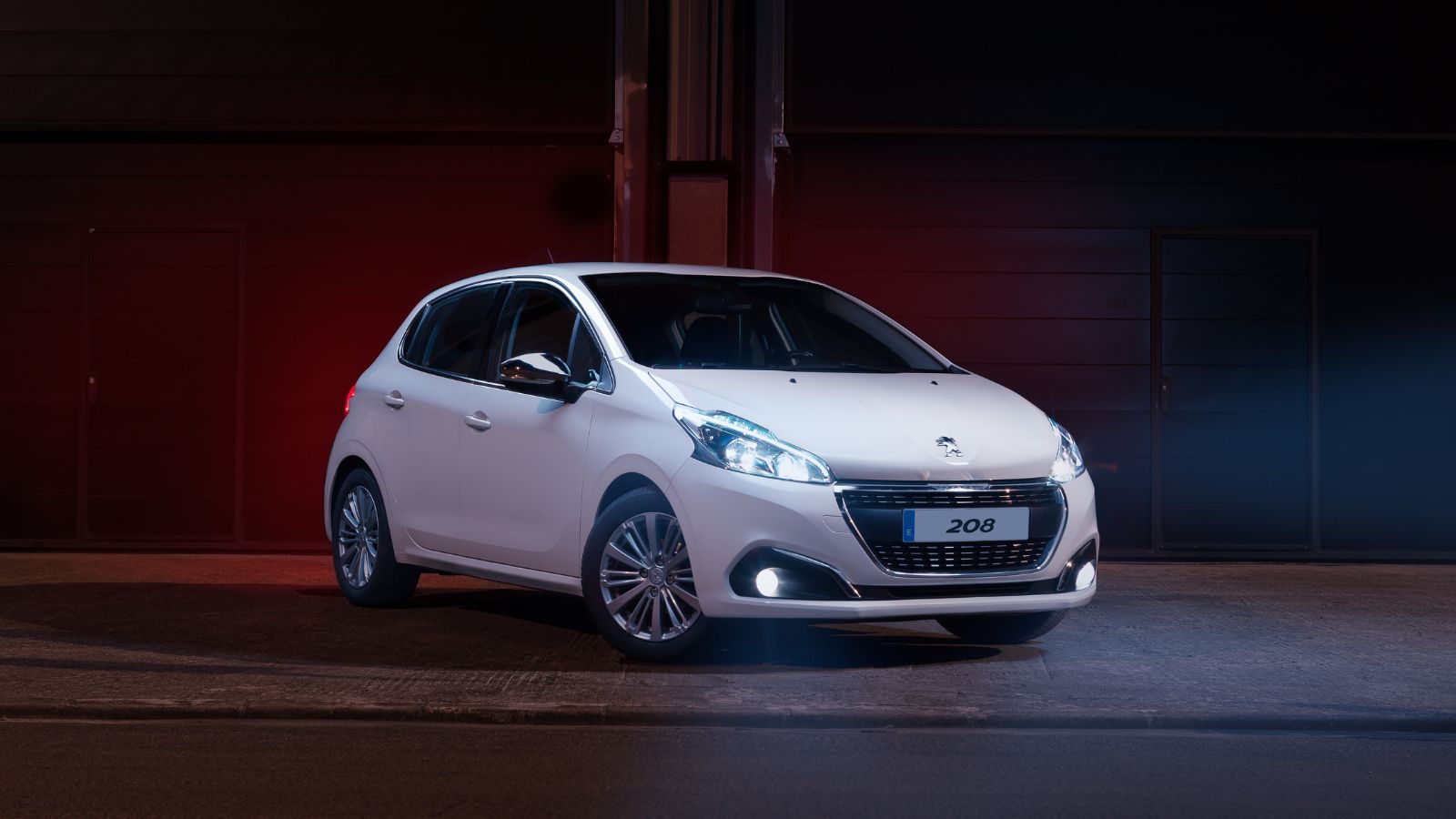
Peugeot’s 208 BlueHDi, introduced in 2015, used a 1.6L diesel engine with a 94 mpg (imperial) performance. Gilles Vidal designed the car, and the interior boasted a minimalist cockpit, tiny steering wheel, and a 7-inch touchscreen. It wasn’t super fast, reaching 60 mph in 9.4 seconds, but it was incredibly efficient. It was made very light and aerodynamic, which helped make it have such good fuel efficiency. Peugeot’s i-Cockpit design resulted in a lively driving experience, even with its compact dimensions.
BMW 330e Plug-in Hybrid (2016)
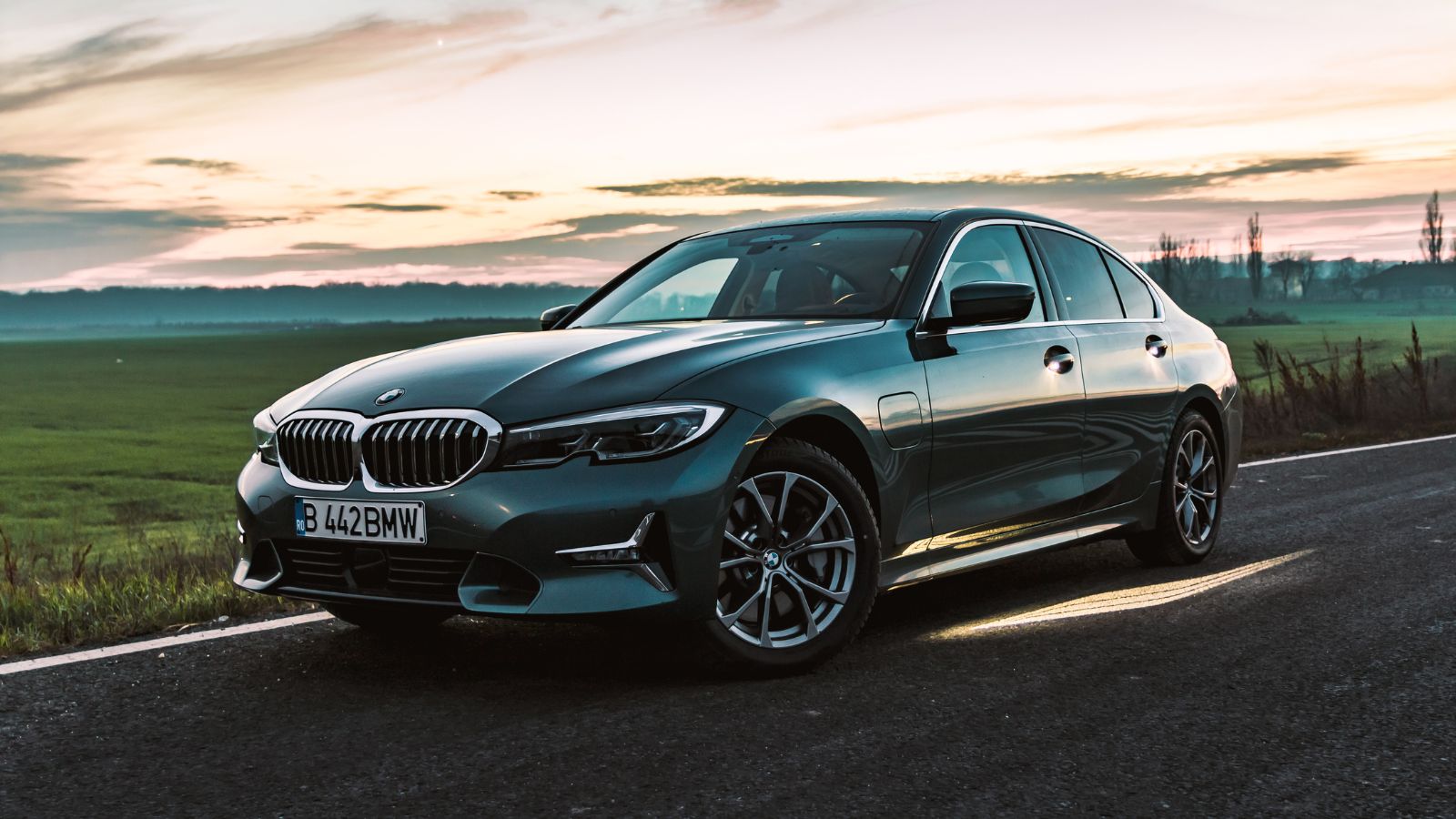
BMW’s 330e, which arrived in 2016, combined sporty driving with plug-in hybrid frugality. Created by Adrian van Hooydonk, it featured a 2.0L turbocharged hybrid engine with an MPGe rating of 75. It included leather upholstery, a digital driver’s display, ambient lighting, and a top-end Harman Kardon sound system. Due to its emphasis on performance, it accelerated to 0-60 mph in a mere 5.6 seconds. BMW’s trademark dynamics were preserved thanks to the suspension-balanced and rear-wheel-driven chassis.
Nissan Leaf (2010)
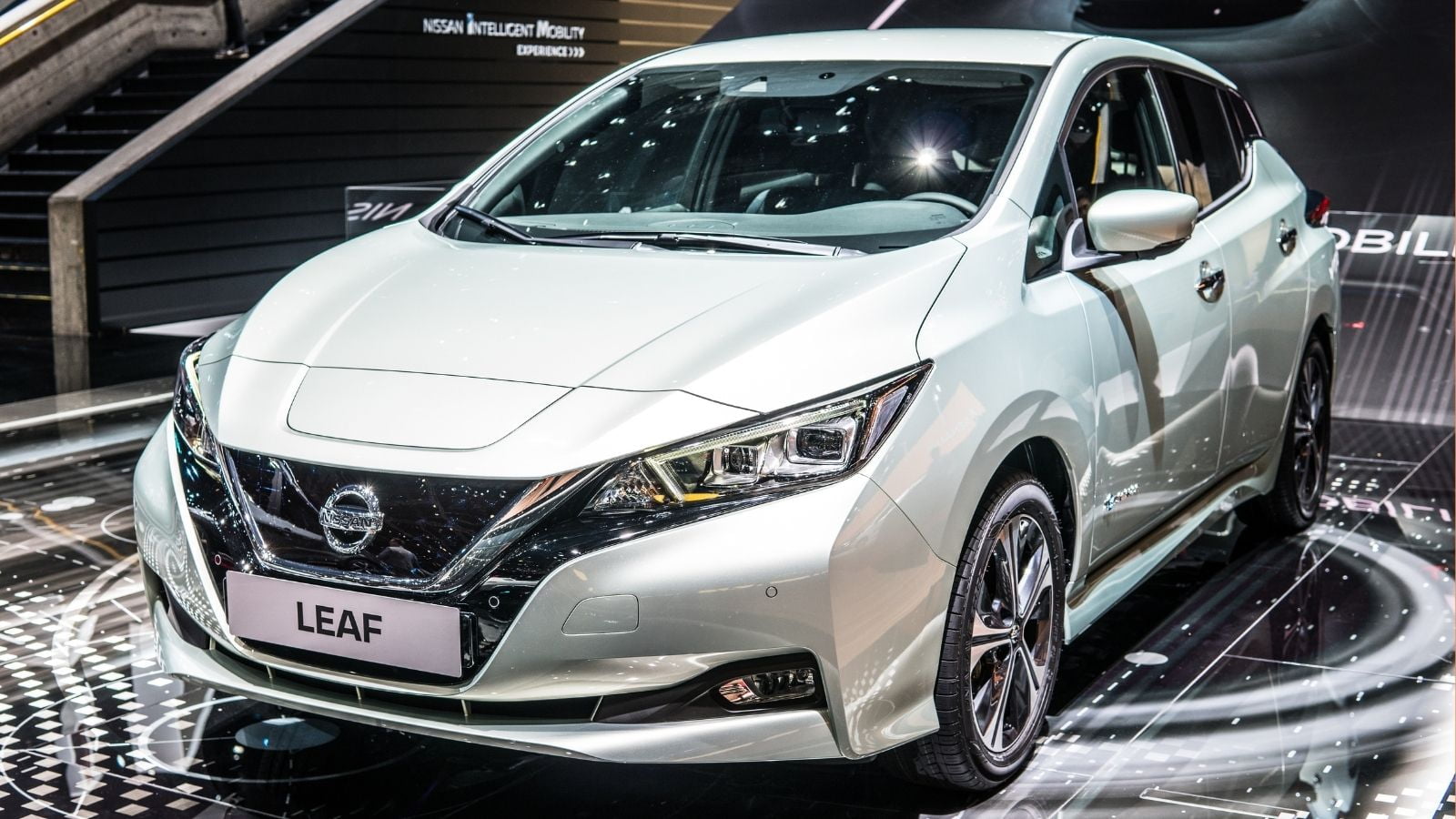
The 2010 Nissan Leaf, penned by Shiro Nakamura, was among the earliest mass-produced battery-electric cars, offering 112 MPGe. Its interior featured environmentally friendly materials, a high-tech digital cluster, and a groundbreaking floating center console. It went from 0 to 60 mph in 7.9 seconds, demonstrating that electric efficiency didn’t have to come at the expense of performance. Its regenerative braking system extends battery life by capturing energy during braking. Moreover, its roomy hatchback design made it more practical than most compact EVs.
Renault Clio dCi 85 (2019)
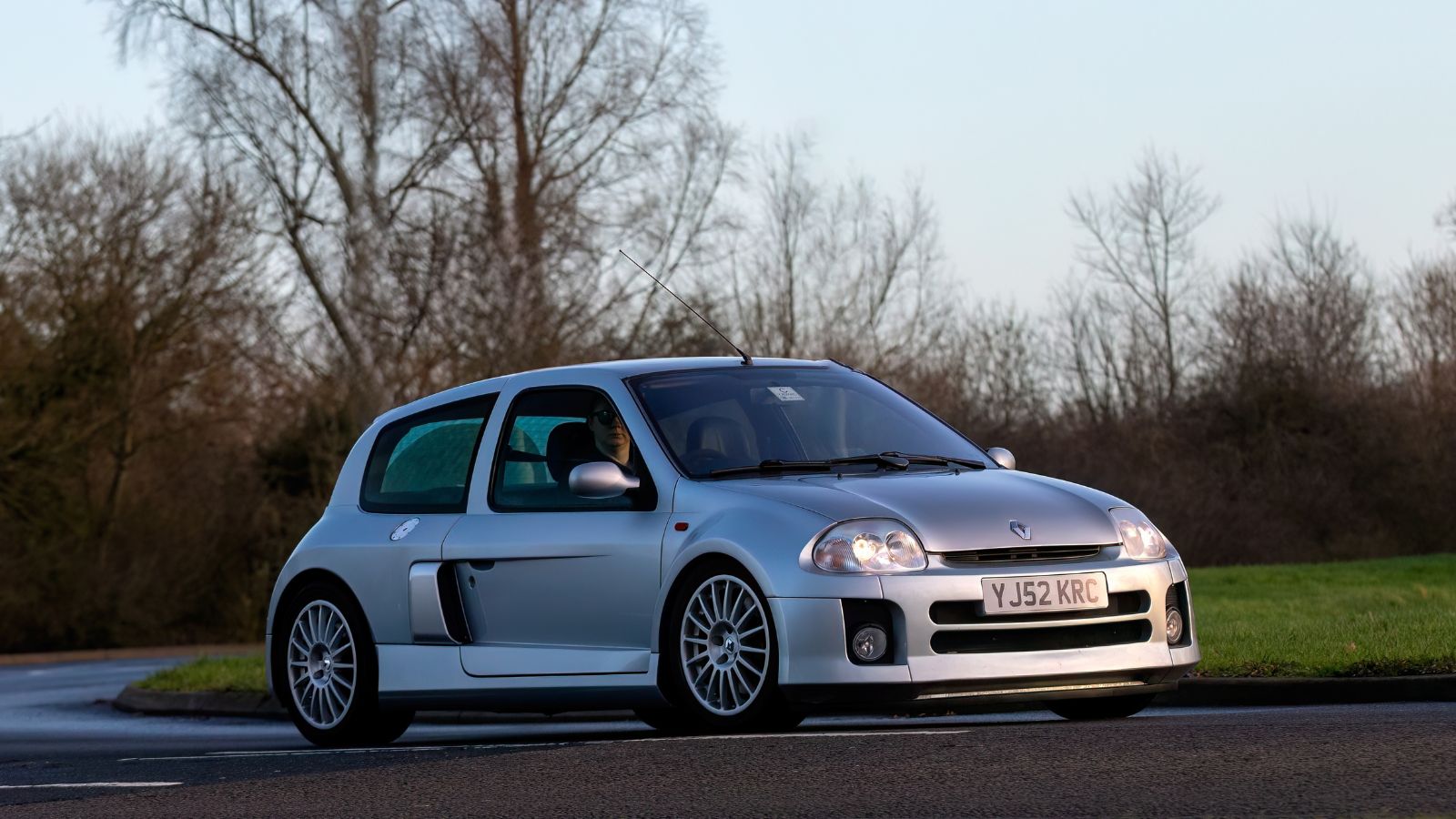
Renault’s dCi 85 Clio, penned by Laurens van den Acker, provided 70 mpg (imperial) with a 1.5L diesel engine. The interior was surprisingly premium, with soft-touch surfaces, a 9.3-inch touchscreen display, and a digital gauge cluster that can be customized. While economical, it accelerated from 0 to 60 mph in 11.0 seconds. Renault prioritized aerodynamics, employing active grille shutters to cut down on drag. The sophisticated cabin design provided a comfortable, quiet ride.
Mitsubishi Mirage (2014)
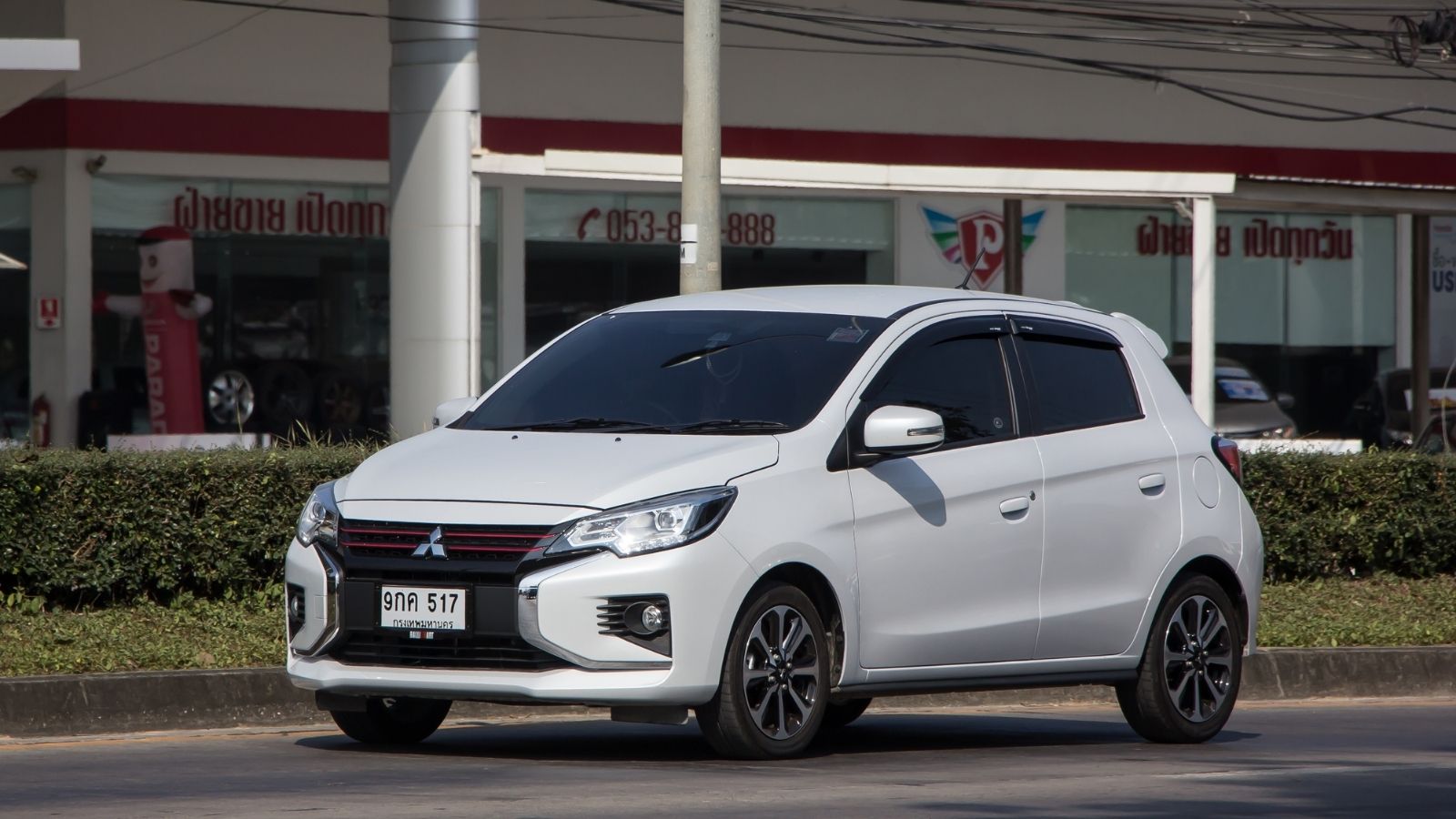
The Mitsubishi Mirage debuted in 2014 and was an affordable car for optimal efficiency. It was created by Kunimoto Tsunehiro and sported a 1.2L three-cylinder engine with a 44 mpg combined rate. The interior was plain but practical, with fabric seats, a minimalist infotainment system, and climate control. Its performance wasn’t its forte, as it took 12.0 seconds to reach 60 mph, but it shone in affordability and fuel economy. The light construction made it agile and ideal for city commuters when driving. And with its compact size, parking in narrow spaces was a breeze.
18 Budget-Friendly Electric Cars That Last Longer Than Their Loans — Economical Electrics
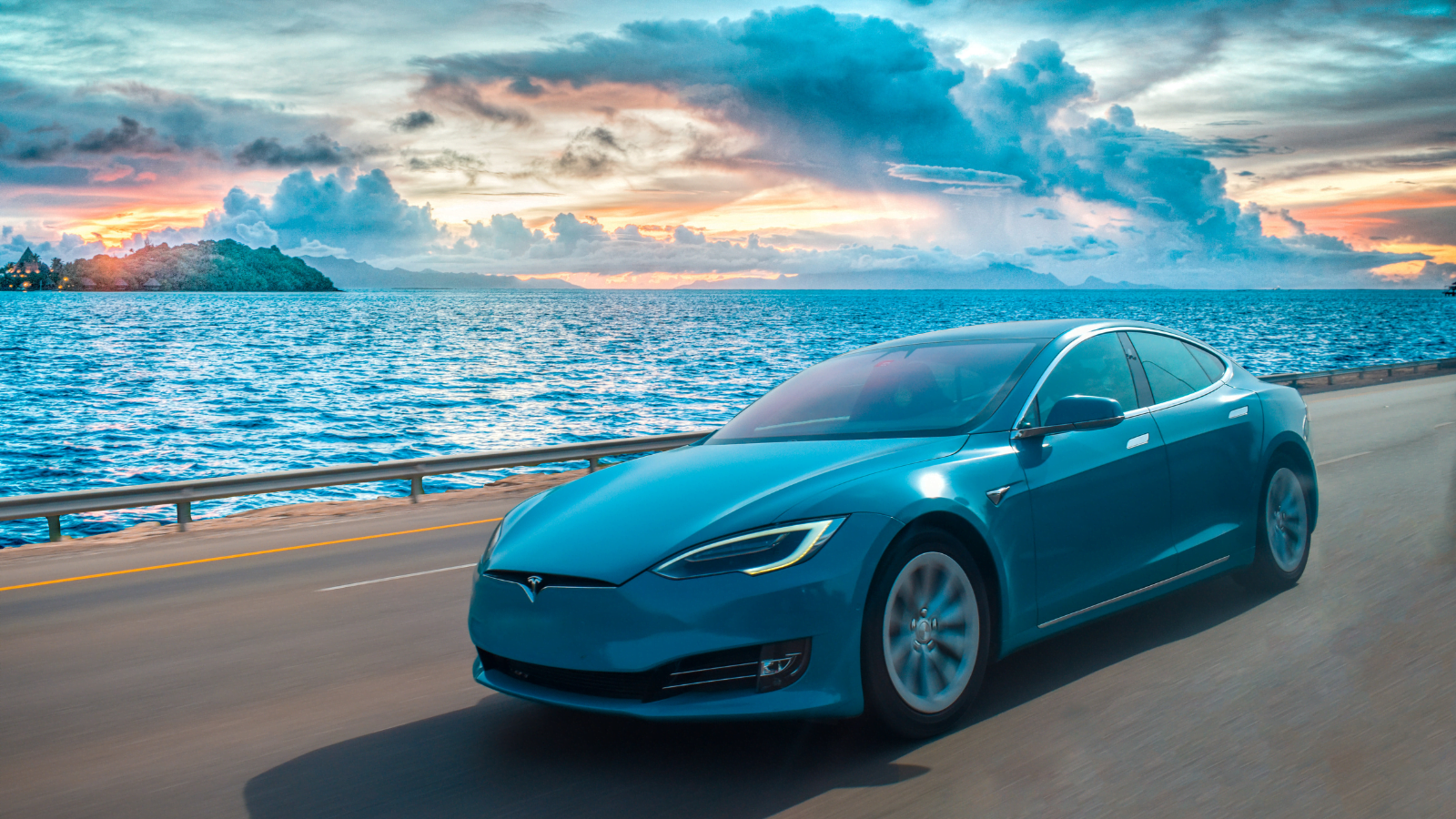
Electric vehicles are no longer a luxury for the elite—they’re a smart investment for the everyday driver. With manufacturers stepping up to the plate, affordable EVs now deliver on reliability, range, and modern comforts. Here’s a look at 18 economical electric cars engineered to outlast their payment plans.
18 Budget-Friendly Electric Cars That Last Longer Than Their Loans — Economical Electrics
